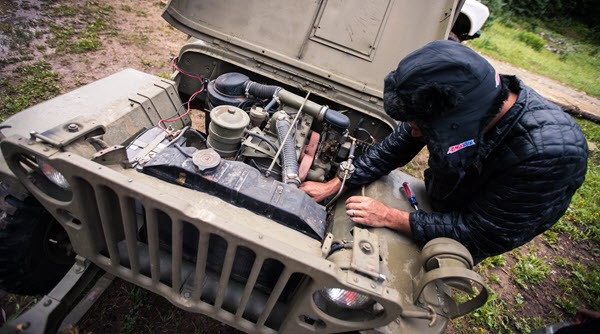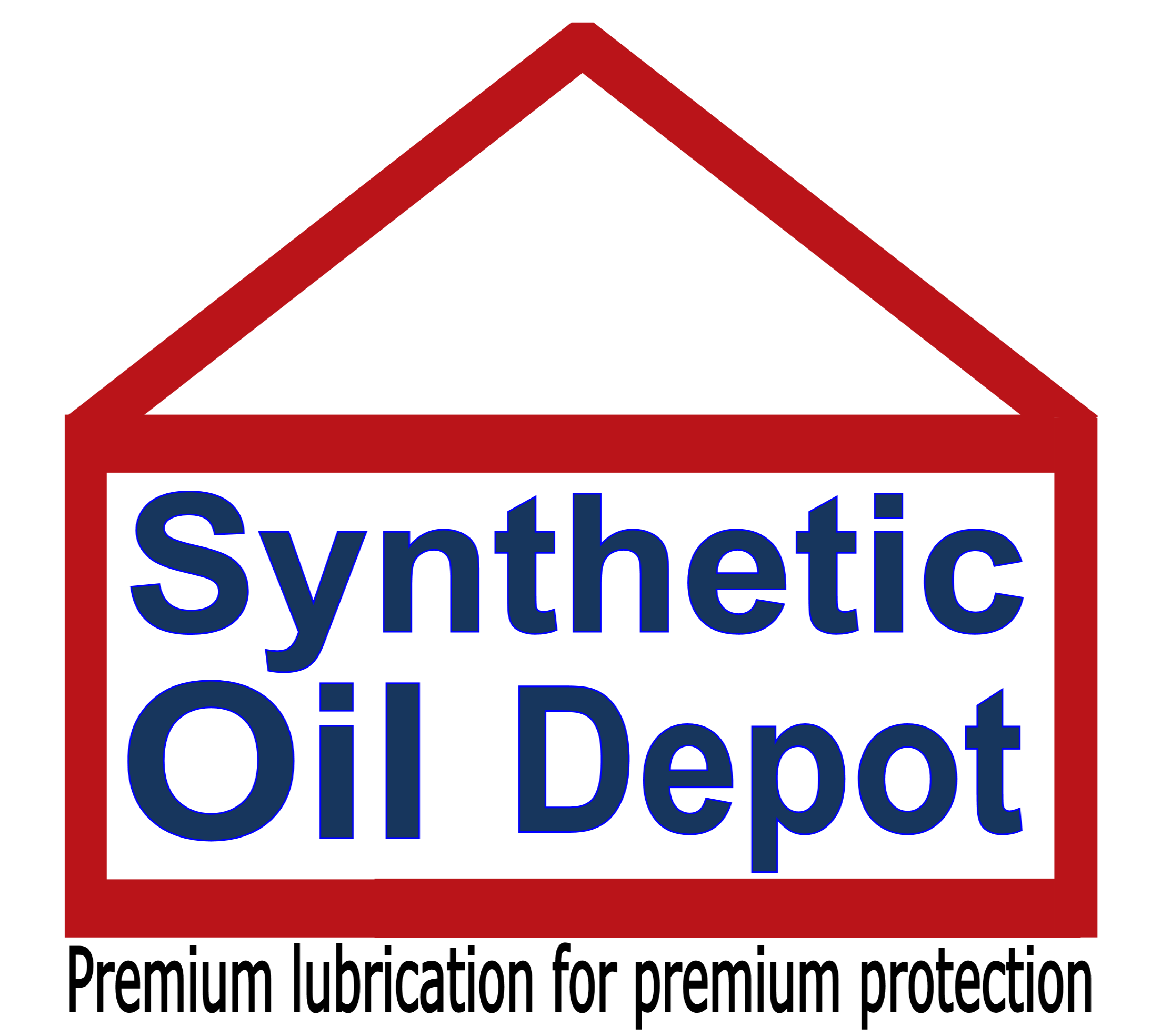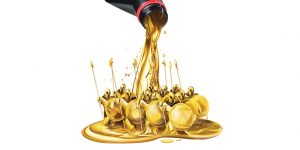This Beginner’s Guide to Motor Oil is part 1 of a series to help you learn the basics about motor oil. Our goal with this Beginner’s Guide, is to help you be able to choose the best oil when it comes to your personal vehicles, business equipment and “toys”.

What is motor oil?
Motor oil is one of the most important factors in your engine’s performance and longevity. Simply put, it’s the lubricant that prevents all those metal parts from tearing each other apart or welding themselves together into the world’s coolest boat anchor. Without motor oil, your engine would destroy itself in a matter of seconds. Todays motor oils play a major role in helping car makers reduce emissions and increase fuel economy.
What is motor oil made from?
Motor oil contains two fundamental components: base oils and additives. The two work in tandem to produce the final product you put in your engine. Think of coffee as an analogy – the base oil is the water and the additive package is the coffee beans.The base oils comprise the largest portion of the oil. They lubricate internal moving parts, absorb heat and seal the piston rings.
Motor oil base oils can be composed of :
Motor oil base oils can be composed of :
- petroleum (aka Dinosaur oil)
- chemically synthesized materials (synthetic)
- a combination of synthetics and petroleum (called semi-synthetic or synthetic blend).
Petroleum (or conventional) base oils are refined from crude oil. Contaminating elements such as sulfur, nitrogen, oxygen and metal components such as nickel or vanadium are inherent to crude oil and cannot be completely removed through the refining process. The oil refining process separates the various types of molecules in the oil by weight leaving molecules similar in weight, but dissimilar in structure. This results in reducing the performance of the oil.

Synthetic base oils, on the other hand, are highly engineered to include only beneficial molecules. As such, they contain no contaminants or molecules that don’t serve a designed purpose. Their versatility and pure, uniform molecular structures impart properties that provide better friction-reduction, optimum fuel efficiency, maximum film strength and extreme-temperature performance. These are properties that conventional lubricants just can’t touch.
Motor oil additives
The various chemicals that comprise a motor oil’s additive system provide the following:
- anti-wear
- anti-foam
- corrosion protection
- acid neutralization
- viscosity maintenance
- detergency ( ability to clean internal parts) and
- dispersancy properties ( ability to prevent sludge formation and keep dirt suspend in oil for removal during an oil change).
A few examples of chemical additives include zinc, phosphorus and boron. Striking the perfect balance of the proper additives in relation to the base oil is a tough balancing act for oil formulators, especially as vehicle engine technology grows more demanding and sophisticated. In other words, smaller engines producing more horsepower while trying to increase fuel mileage with reduce emissions.
As you can see, a lot of engineering goes into the making (refining) of oil. Stay tuned for part 2 in this series, where we discuss the functions of motor oil.
For more info on synthetic oils, check out the Synthetic Oil Depot.


Pingback: A Beginner’s Guide to Motor Oil: What You Need to Know Part 2 - synthetic oil depot
Pingback: A Beginner’s Guide to Motor Oil: What You Need to Know. Part 4 - synthetic oil depot